Lectures of The COINS 2023
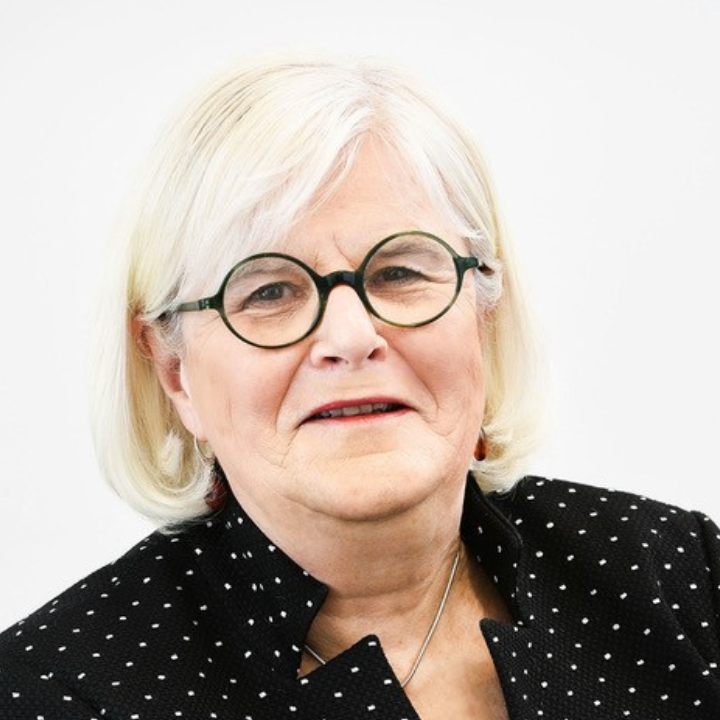
Dr. Linda Partridge
Dr. Linda Partridge will present at Bioengineering Day, April 24th 10:15
Can we live forever? Why do the cells in our body tend to degrade and die? Why do the processes that make our human body function become worse over time? Why are certain specific diseases like Alzheimer and Parkinson tend to appear with increasing age? Can we change biology as to stop cells from ageing? What things can we do increase the duration of our lives?
We are living a lot longer than our ancestors did and so we are more and more of the problems of old age. But what if getting old did not mean getting frail and ill? Recent research has yielded a much better understanding of how ageing happens, and how it leads to the ills of old age. Ageing is not inevitable, and it can be changed by lifestyle and drugs.
In laboratory animals it turns out to be possible to target ageing with diet and with existing drugs to promote better health in late life. Tackling the processes involved in ageing itself can also combat the diseases that come with ageing. The molecular network in our cells that senses food and stress is a promising target to combat ageing, and has already had success in clinical trials. On the more distant horizon, other interventions are appearing too.
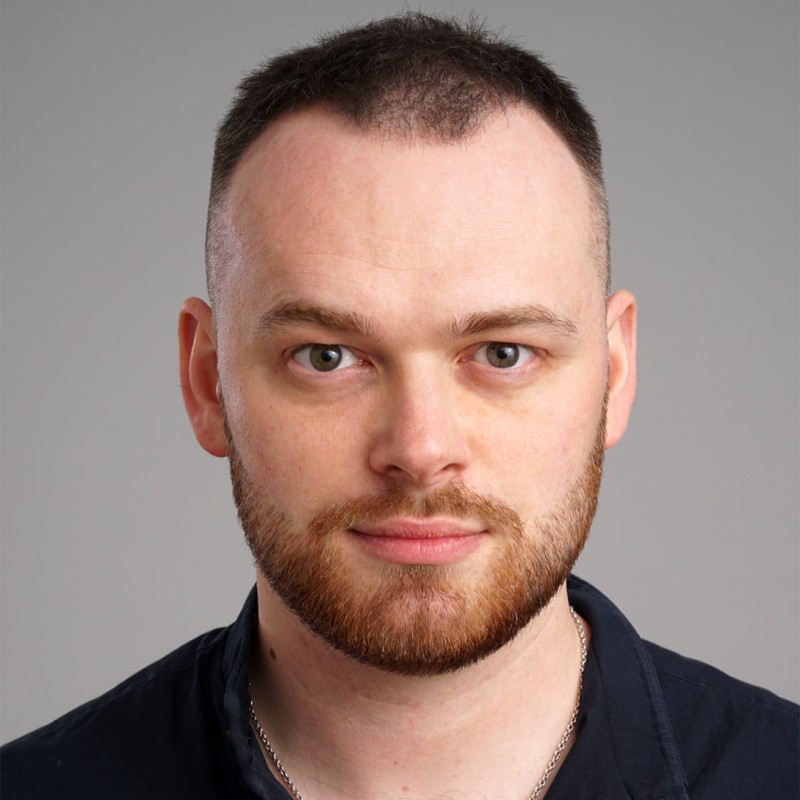
Andrius Ivanovas
Andrius Ivanovas will lead an activity at Bioengineering Day, April 24th 11:15
Andrius Ivanovas have been a public speaking lecturer for more than seven years. He is happy to advise the speakers of the largest Lithuanian conferences, company managers, professionals in his field, and conduct training.
It all started with... studying biochemistry. It was six years of complex sciences, work, participation in scientific conferences that revealed a simple truth - knowing the subject and conveying factual information is not enough. This realization led Andrius to start learning public speaking. The journey was long. With unexpected twists worthy of a movie plot.
But success brought him to where he is today. Today, his accumulated experience and knowledge help people find clarity, peace, confidence, and most importantly, the ability to inspire others with their thoughts. Create a change. It amazes Andrius again and again: you never know where one good speech can lead you.
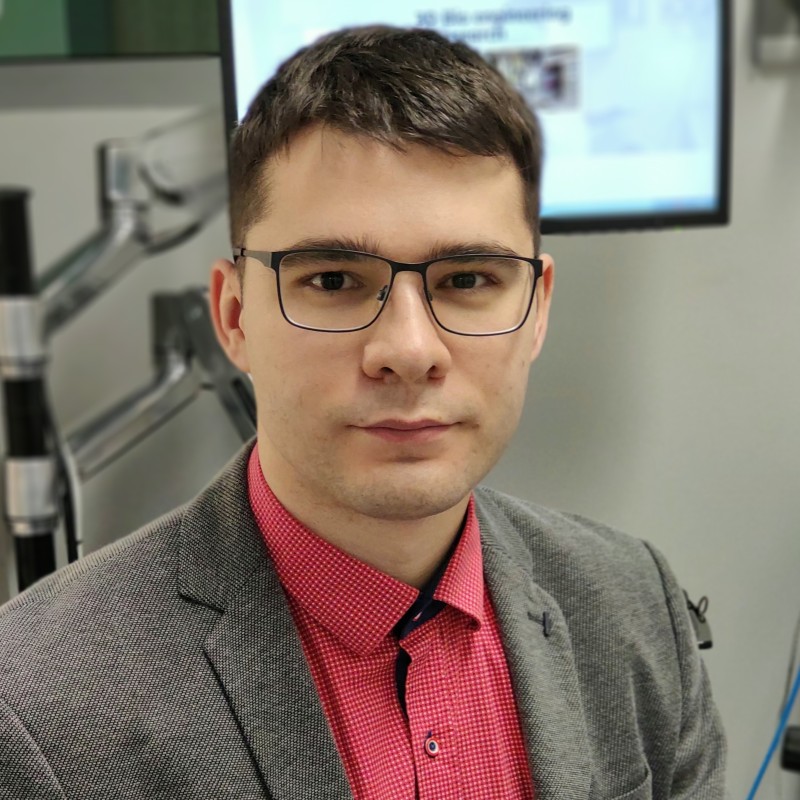
Dr. Egidijus Šimoliūnas
Dr. Egidijus Šimoliūnas will present at Bioengineering Day, April 24th 15:00
The most relevant problems in dentistry and maxillofacial surgery are the atrophy of alveolar bone and the formation of bone defects related to dental diseases, oncological surgeries, or trauma. Bone defects aggravate dental implant placement and impair the chewing, speech, and facial aesthetic appearance of the patient.
Strategies for promoting bone regeneration include guided tissue regeneration, autogenous and allograft bone transplantation, also tissue engineering. However, all these techniques still have limitations. Autografts suffer from limited resources and donor-site morbidity due to potential infection and haematoma, also their harvesting requires an additional surgical procedure. Allografts can transfer pathogens to the patient and cause immunological rejection by the recipient's body.
In comparison, tissue engineering combines bone graft materials with biological mediators to achieve predictable tissue regeneration. To facilitate artificial bone construct integration into a patient's body, scaffolds are enriched with different biologically active molecules, e.g. cell-derived extracellular matrix (ECM) or cell-produced secretome. These biodecoration techniques are a rapidly growing field of research. In this talk Egidijus Šimoliūnas will present the effectiveness of these cell-derived bioactive materials in bone tissue regeneration applications.
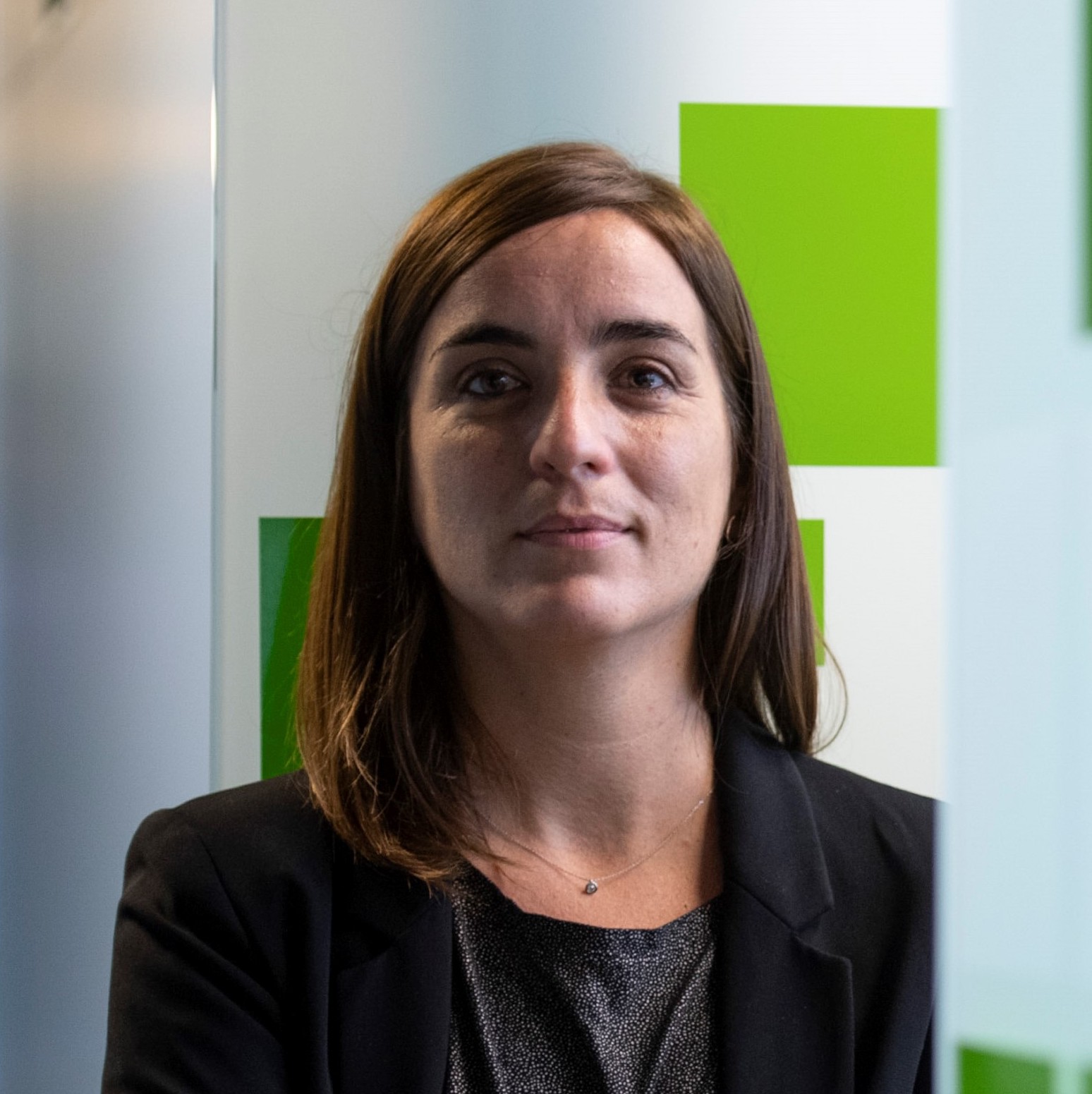
Dr. Nuria Montserrat
Dr. Nuria Montserrat will present at Bioengineering Day, April 24th 16:15
In recent years considerable progress has been made in the development of faithful procedures for the differentiation of human pluripotent stem cells (hPSCs). An important step in this direction has also been the derivation of three-dimensional cell cultures that represent micrometer to centimeter size versions of human organs, the so-called organoids. The convergence of stem cell biology and bioengineering now offers the possibility to provide physiologically relevant stimuli in a controlled fashion, resulting in the development of naturally inspired approaches to overcome major limitations of the organoid field.
Here we will discuss current developments in the kidney organoid field and emphasize the achievements and ongoing challenges of bringing together hPSC organoid differentiation, bioengineering and disease modelling with a particular focus on genetic and systemic disorders as well as COVID19 research.

Dr. Martin Howard
Dr. Martin Howard will present at Ecology Day, April 25th 10:15
We are studying the mechanistic basis of epigenetic regulation in the Polycomb system, a vital epigenetic silencing pathway that is widely conserved from flies to plants to humans. We use the process of vernalization in plants in our experiments, which involves the memory of winter cold to permit flowering only when winter has passed via quantitative epigenetic silencing of the floral repressor FLC.
Utilising this system has numerous advantages, including slow dynamics and the ability to read out mitotic heritability of expression states through clonal cell files in the roots. Using mathematical modelling and experiments (including ChIP and fluorescent reporter imaging), we have shown that FLC cold-induced silencing is essentially an all-or-nothing (bistable) digital process. The quantitative nature of vernalization is generated by digital chromatin-mediated FLC silencing in a subpopulation of cells whose number increases with the duration of a cold. We have further shown that Polycomb-based epigenetic memory is indeed stored locally in the chromatin (in cis) via a dual fluorescent labelling approach. I will also discuss the mechanisms by which long-term fluctuating temperature signals are sensed before being converted into digital chromatin states for long-term memory storage.
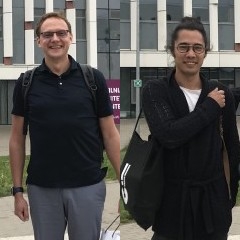
Dr. Valdis Bernhofs and Dr. Jachin Edward Pousson
Dr. Valdis Bernhofs and Dr. Jachin Edward Pousson will make a demonstration at Ecology Day, April 25th 11:15
Musical performance has been defined by a number of diverse musical capacities. These include sight-reading (performing unfamiliar music from notation), performing well-prepared pieces from memory or from notation, improvising, playing by ear (performing music from aural presentation) and singing familiar and unfamiliar melodies. Although most musical measurements used in the scientific context differ as to the underlying concept of musicality, rhythm and pitch are two of the main overarching dimensions of music. In this context, we want to demonstrate interactively some approach on pitch perception measurements used in our previous research.
A Brain-Computer Music Interface (BCMI) detects features in the EEG signal and transforms them into musical and visual outputs. This enables a person to express themselves musically by learning to modulate between certain neurophysiological states intentionally. Due to several technical challenges, BCMI systems reported in the past 20 years mostly involve motionless users which obscures musical intent. These are addressed through BCMI system design for music performance. In this workshop, a BCMI system developed in collaboration between JVLMA and VU will be demonstrated using offline EEG data collected from musicians performing contrasting expressive intentions.
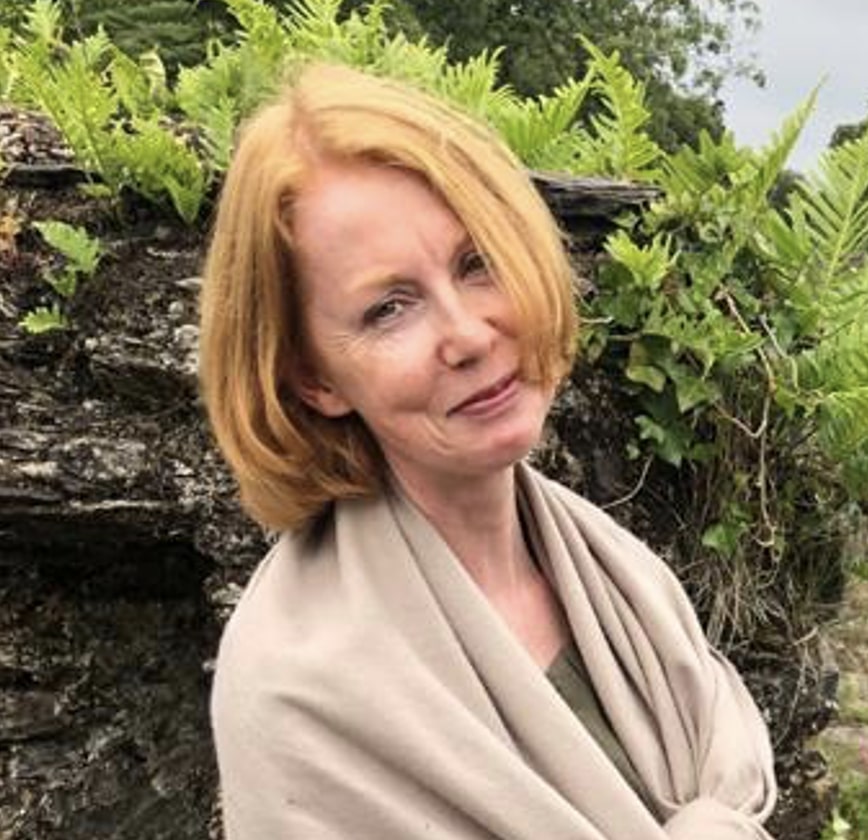
Dr. Anne Parle-McDermott
Dr. Anne Parle-McDermott will present at Ecology Day, April 25th 15:00
This seminar will describe both a career and a research interest journey. Having worked with nucleic acids for over 25 years it has been interesting for Anne Parle-McDermott to apply her knowledge and expertise in molecular genetics to a range of research questions.
The main interest of her group has been to understand the role of the essential B vitamin, folate, for human health with a particular interest in the prevention of Neural Tube Defects. Folate is a key supplier of the One Carbon Metabolism (OCM) pathway which is required for numerous essential cellular reactions including the methylation of DNA / proteins and supplying the one carbons necessary for DNA synthesis.
More recently, Parle-McDermott’s group has branched out to the examination of environmental DNA which is the DNA that is left behind by a given species within its habitat. They were the first to apply CRISPR-Cas technology for single-species detection from environmental DNA enabling them to further develop this approach to biosensors to detect any target species. Having two quite different strands to her research has proven to be fruitful and interesting with similar molecular techniques and know-how underpinning both aspects and illustrating the value of addressing a diverse range of research questions.
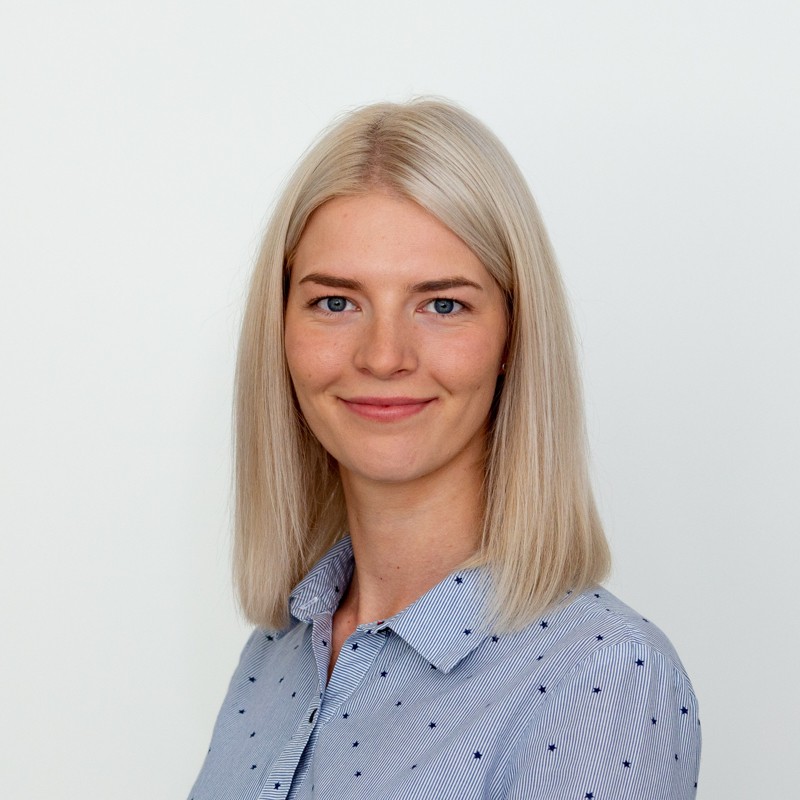
Karolina Makovskyte
Karolina Makovskyte will present at Ecology Day, April 25th 16:15
The discovery of CRISPR-Cas gene editing technology in the last decade sparked a revolution in biology, providing researchers with a way to make selective and precise changes to an organism’s genetic code. In addition to tackling challenges in healthcare, CRISPR technology could be deployed in a wide array of food and agriculture applications.
One major issue that CRISPR could fight is climate change, which threatens food security and biodiversity around the world. During this presentation, applicability of CRISPR-Cas technology for climate change reduction will be discussed.

Dr. Thomas Oertner
Dr. Thomas Oertner will present at Neurosciences Day, April 26th 10:15
Any time we learn something new, the new information is stored in our brain as lasting changes in connectivity between many neurons. Some of this stored information we can access at will (declarative memory), and some of it becomes part of our personality without us even knowing. The synaptic theory of memory is plausible, but actually pinpointing the neurons or synapses that store a particular memory in a living animal has proven quite difficult: The number of synaptic connections in a single brain is astronomical (1015), and these synapses are densely packed and wired in 3D, not nicely spread out on a microscopy slide.
Nevertheless, neurobiologists came up with sophisticated experiments to identify and modulate neurons that were highly active during learning. Most studies focused on two brain areas: the hippocampus as a relay station for spatial and contextual information, and the amygdala, responsible for the emotional content (valence) of specific memories.
As Thomas Oertner will discuss, recent progress has been largely driven by the advent of chemo- and optogenetics, as well as microscopy techniques to monitor and modulate the activity of specific neuronal populations. He will also explain some of the challenges and limitations of these approaches, e.g. the use of immediate early genes to tag the most active neurons in a specific time window.
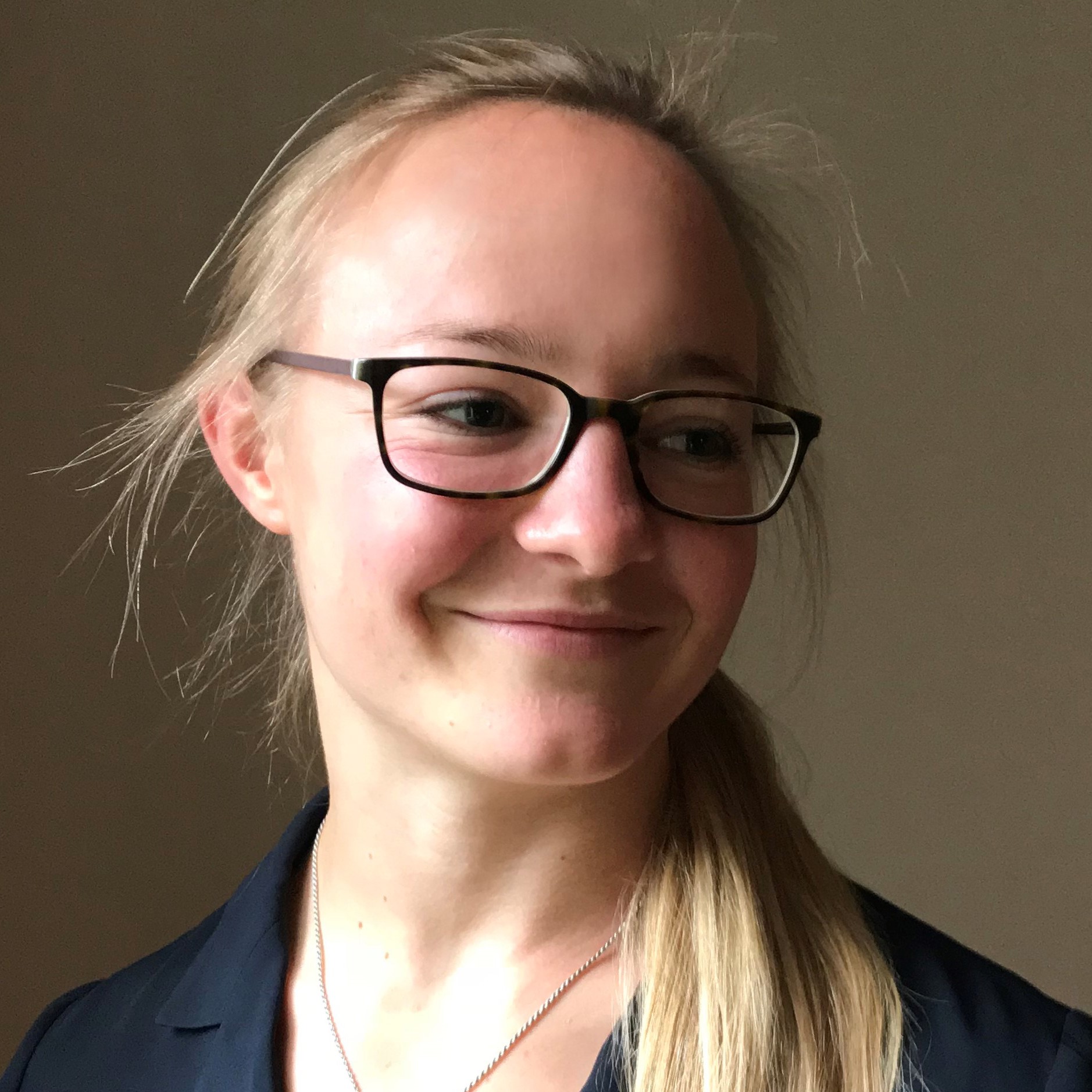
Dr. Nathalie Rieser
Dr. Nathalie Rieser will present at Neurosciences Day, April 26th 11:45
Mental illness is among the greatest public health challenges and there is an urgent need for effective treatment options. Psychedelics are gaining increasing interest in the treatment of psychiatric disorders such as depression and substance use disorders. In this climate, it is necessary to explore the underlying mechanisms of action of these substances in more detail.
In this presentation, emerging methods and clinical implications of psychedelic research will be outlined and psychedelic-induced altered brain activity will be discussed.
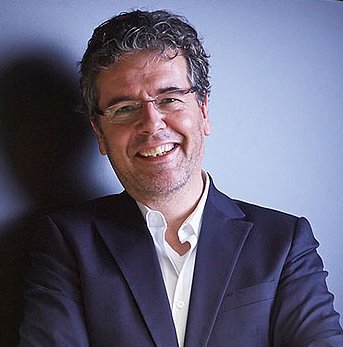
Dr. Martin Hofmann-Apitius
Dr. Martin Hofmann-Apitius will present at Neurosciences Day, April 26th 15:00
Neurodegeneration research is characterized by the dominance of a very small number of disease hypotheses and an equally limited number of animal models tailored towards representing exactly these disease hypotheses. The discourse about the etiology of neurodegenerative diseases, the risk factors that predispose individuals to developing neurodegenerative diseases and the possible ways of interference with this slow progressing, latent disease is led by polarized communities of scientists either “supportive” of the dominating disease hypotheses or “fundamentally questioning” their relevance.
Closely linked to this is the phenomenon of the key-opinion-leader, the KOL. These are people who are believed to be “leaders-in-the-field” and who “really know what is going on”. KOLs are everywhere and in the course of the pandemic, their roles became even more prominent: their interpretation of public health risks and intervention measures was guiding decision-making in public health. In the communication of “what is needed now”, these KOLs became the new Gurus. They had their own community of “believers” and the “follow-the-science” of these believers meant often “follow-him (or her)”.
In his talk, Martin Hofmann-Apitius will shed some light into the mechanisms underlying the interplay between scientists and politics, and the fundamental mechanisms of belief in science authorities. He will also try to discuss the need for skepticism not only towards any “scientific finding”, “dominating disease hypotheses” or “study-has-shown” statement, but also towards the mechanisms that make create new “Science Gurus”.
He hopes to be able to sketch the picture of a bright future for science, with transparency, reproducibility, and with all data and all knowledge available to everyone. A future without Gurus.
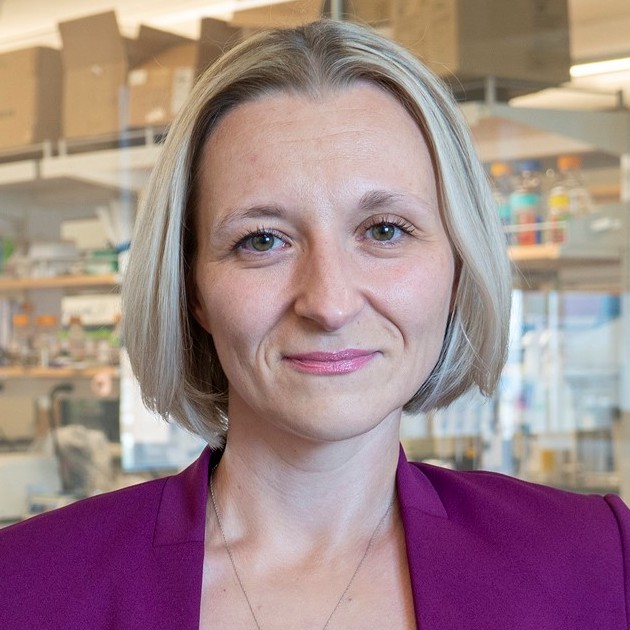
Dr. Audrey Lapinaite
Dr. Audrey Lapinaite will present at Biomedicine Day, April 27th 10:15
Programmable DNA base editors are emerging state-of-the-art tools for precision medicine. Here Audrey Lapinaite will present a cryo-EM structure of ABE8e trapped in a substrate-bound state showing how the deaminase domain (TadA) contacts the non-target strand of double-stranded DNA exposed in the Cas9 – R-loop state. The enzyme kinetics of four generations of evolved ABEs show how accelerated DNA deamination governs on- and off-target adenine base-editing.
Mutations in evolved TadA that accelerate base editing cluster near the TadA-DNA interaction interface and explain the fast kinetics of ABE8e. Structure-guided alteration of these contacts can now direct the design of more specific base editors for cell-based genome editing biomedical applications.
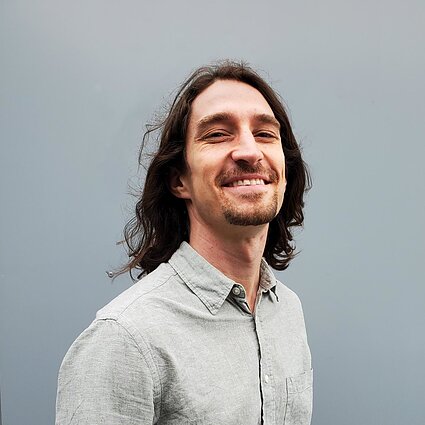
Dr. Stephen Jones
Dr. Stephen Jones will present at Biomedicine Day, April 27th 11:45
Genome editing tools transform scientists into authors, capable of rewriting genomes to match our research, diagnostic, and therapeutic needs. A decade of precision genome editing with CRISPR nucleases has exposed a clear imperative for our next generation of editing tools: We must increase their safety while continuing to expand their application space.
Targeting specificity – a nuclease’s ability to cut an intended DNA target while ignoring all other ‘off-target’ DNA – defines a key safety parameter for evaluating these powerful tools. By performing high-throughput kinetic profiling of CRISPR nucleases, we show that engineering efforts typically improve targeting specificity. Yet, when broadening a nuclease's potential targets can also increase its off-targets. Our profiling also enables us to predict how nucleases like Cas9 and Cas12a function in different genomes, and it informs what we should seek in our next generation of genome editing tools.
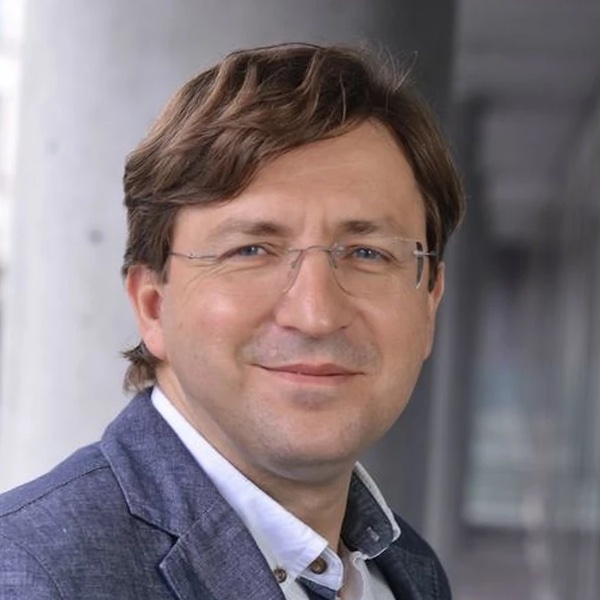
Dr. Piotr Trzonkowski
Dr. Piotr Trzonkowski will present at Biomedicine Day, April 27th 15:00
T regulatory cells (Tregs) are considered a viable option in immunosuppressive treatment in the clinic. The first promising clinical experiments and trials with clinical-grade Tregs cultured as advanced therapy medicinal product (ATMP) are completed already.
In our centre, the drug has been tested in graft versus host disease, type 1 diabetes and multiple sclerosis. We will present the path from preclinical studies to the results of clinical trials and the regulatory path towards the marketing authorisation of this cellular drug. In vivo results will be supported with in vitro and animal models showing the activity of Tregs in auto- and allogeneic settings.










 Program for High School Students
Program for High School Students